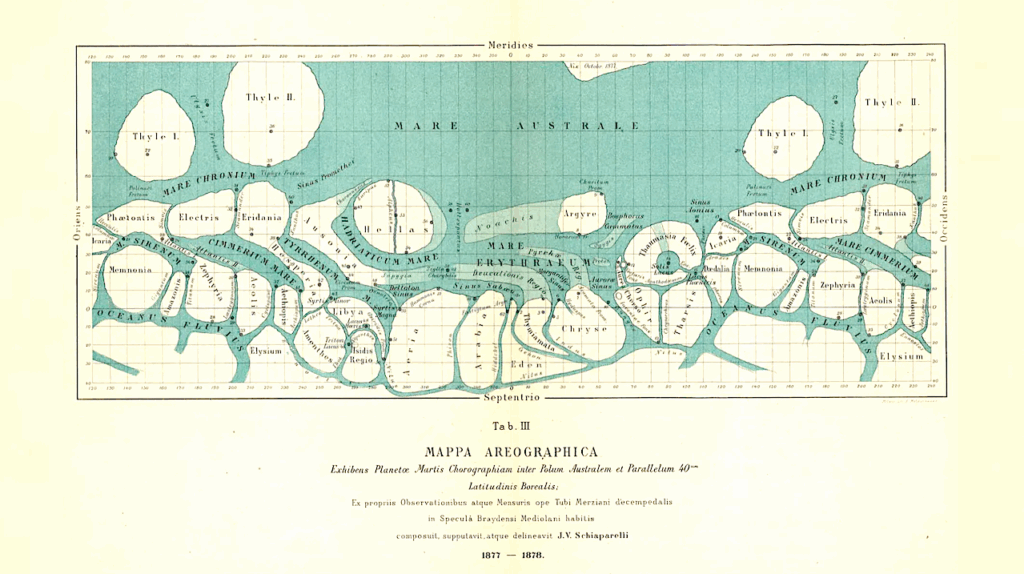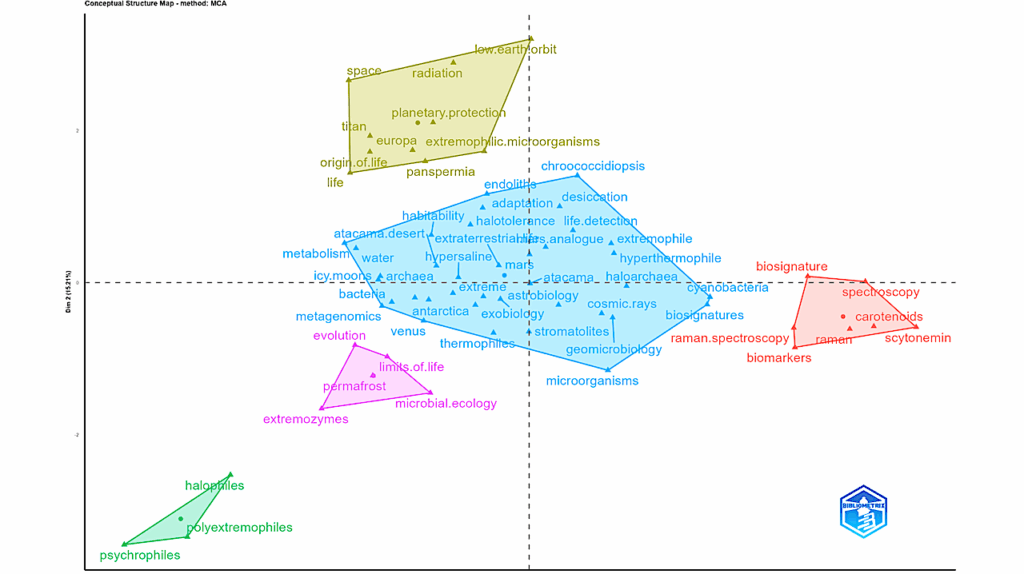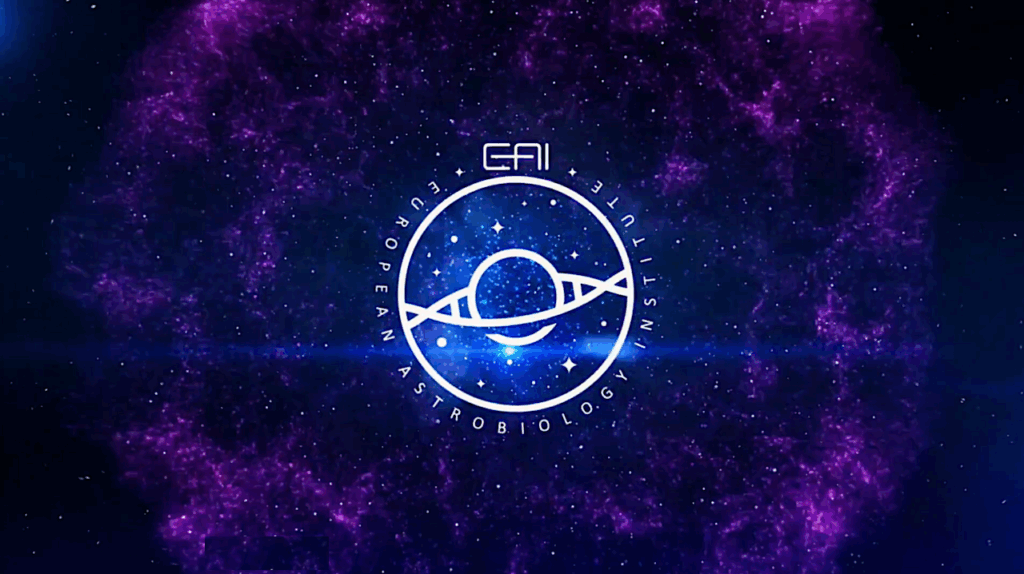NASA Astrobiology Institute Director’s Corner May 2007

The NAI passed two major milestones in the last month: awards from the 2007 Director’s Discretionary Fund (DDF) and the selection of four new teams from the 4th Cooperative Agreement competition. The DDF awards entail a redirection of about 12% of the Institute’s research portfolio toward research and related activities with direct impact to NASA missions and programs. The selection of new teams establishes the foundation for moving into the Institute’s second decade.
The 2007 DDF competition emphasized impacting NASA’s ability to achieve the agency’s strategic goals. The call for proposals stated that this “strategic impact” could be on the implementation or planning of NASA flight missions, the development of synergies among different science programs, collaborations with other funding agencies, or new partnerships with industry or other private organizations. The response was fabulous. We received 36 proposals and were able to select and fund 18 for a total of over $1.7M. Eight of the selected proposals were for research and 10 for workshops or similar activities. Descriptions of all the selected proposals are at http://nai.arc.nasa.gov/ddf_2007/index.cfm
To give just a brief sample, the selected research proposals included the following:
A group of investigators led by Danny Glavin of the NAI’s Goddard Space Flight Center team will establish a consortium called the “Astrobiology Sample Analysis Program (ASAP).” They will analyze a common set of Martian analog materials in a number of laboratories around the country including the labs developing two of the instruments that will fly on the Mars Science Laboratory (MSL) mission in 2009. The analog samples will include an Atacama Desert soil from Chile, the Murchison meteorite, a sulfate rich rock from the Svalbard Mars analog site, and a sample collected from an unknown site during MSL field testing. The analyses will provide ground truth measurements for in situ life detection instrumentation on future Mars missions.
T.C. Onstott of Princeton, a member of the NAI’s Indiana/Princeton/Tennessee (IPTAI) team, is leading the formation of a network of organizations operating Mars environmental simulators. Coordinated studies of forward contamination and biogeochemical processes will be conducted in these chambers to identify processes potentially influencing the fate of biomarkers and microorganisms under simulated Martian conditions. The investigators will examine the survival of microbes and communities that resist radiation and tolerate low temperatures; the fate of biomarkers such as amino acids, lipids and hydrocarbons in the presence of hydrous sulfates as well as ultraviolet and heavy ion radiation; and forward contamination by a robotic minicorer sampler.
Alexis Templeton of the NAI’s University of Colorado team will lead a US-Canadian group studying the geomicrobiology of a unique ice-sulfur spring ecosystem. The sulfur-rich springs, which flow through glacial ice at Borup Fiord Pass in the Canadian High Arctic, provide an excellent testbed for techniques to explore Jupiter’s moon Europa which also has sulfur compounds embedded in its icy crust. Analyses suggest that the ecosystem hosts a dynamic sulfur cycle, and that some indigenous sulfur-dependent microorganisms may be amenable to cultivation and molecular characterization. The study will elucidate how the chemistry and geological structure of Borup Fiord controls the metabolism and diversity of ice hosted microorganisms.
Lou Allamandola will lead a group from the NAI’s Ames Research Center team conducting a proof-of-concept study for a novel instrument capable of detecting and characterizing a wide variety of materials on missions to bodies such as the Moon and Mars. The instrument, which would be deployable on a rover or lander, would be capable of measuring the laser-stimulated luminescence (fluorescence and phosphorescence) of a wide range of mineralogical, organic, and biological materials. The proof of concept study will involve stimulating luminescence using an ultraviolet-visible laser on a variety of test materials under simulated Martian and lunar conditions. The study is expected to provide fundamental data and demonstrate the feasibility of a Remote Photoluminescence Surveyor that could be developed for flight.
Among the selected workshops was one to investigate how microbial ecosystems might be used as “the canary in the coal mine” in remote sensing studies of global change. Organized by NAI Principal Investigators Mitch Sogin (Marine Biological Laboratory team) and Michael Mumma (Goddard Space Flight Center team) and Norman Pace of the University of Colorado team, the workshop will explore how biosignatures of microbial communities may be identified and used in remote sensing studies of the activities of those communities. The goal will be to integrate ground-based and remote sensing technologies to enhance our ability to monitor composition and functions of microbial communities, and thereby the health of the planet.
I expect that in the next year to year-and-a-half, during which these and the other selected projects will be carried out, there will be a steady stream of results highly relevant to NASA. Check our website and this Newsletter for updates.
The other major milestone was the selection of four new teams from the 4th Cooperative Agreement (CAN-4) competition, conducted in 2005-2006. That selection was delayed due to the budget cut to the astrobiology program that I’ve referred to previously in this column (see the Director’s Corner in the October 18, 2006 NAI Newsletter http://nai.arc.nasa.gov/newsletter/display.cfm?edition=2006-10-18#128). Our ability to make selections now is a tribute to the strong support of the new Science Mission Directorate Associate Administrator (AA) Alan Stern and his Planetary Science Division Director Jim Green. On his first day as AA, Alan allocated $1 million to the NAI that will pay for much of the new teams’ initial funding ramp-up. The teams will reach full funding in late 2008.
The distribution of the research that the new teams will conduct spans the breadth of astrobiology. The University of Wisconsin Team led by Clark Johnson will conduct research on the mineralogical biosignatures of microbial life. A focus of their research will be the development of stable isotope biosignatures for elements that are critical to life (e.g., C, N, O), as well as those that were involved in biogeochemical cycling or microbial metabolisms (e.g., S, Ca, Mg, and Fe) whose isotopic distributions may be preserved in the rock record.
The Caltech team will study astronomical biosignatures that are a counterpart to the geological biosignature focus of the Wisconsin group. This team, led by Vikki Meadows, continues the Virtual Planetary Laboratory (VPL) studies of the habitability and biosignatures of terrestrial planets around other stars begun under an earlier NAI Cooperative Agreement award. The team will build on existing models and tools to further explore the potential diversity of these distant worlds and identify planetary biosignatures that may be detected astronomically.
The focus on geological and astronomical biosignatures of the Wisconsin and Caltech teams is complemented by a geobiological focus of both the Montana State and MIT teams. The Montana State team, led by John Peters, will investigate a fundamental question about the origin of life: How did proteins containing iron-sulfur clusters come to have the importance they do in biological systems? Iron-sulfide compounds are common in both biological and geological systems. The adaptation of iron-sulfur clusters from the abiotic world to the biological world was potentially an early event in the development of life on Earth and may be a common feature of life elsewhere in the universe. The Montana State University Team will investigate and compare the physical and catalytic properties of iron-sulfur minerals and complex iron-sulfur enzymes. The studies will be aimed at identifying the factors that determine the catalytic properties of iron-sulfur cluster catalysts.
The MIT team, led by Roger Summons, will study an equally fundamental question about the development of life on Earth: What combination of genetic, environmental and ecological factors led to the emergence of complex multicellular life? Organisms with differentiated cells have evolved only six times: fungi; red algae; brown algae; twice in the green algae, including plants; and animals. The MIT team will study when and how these evolutions occurred. In particular, they will examine the interactions between the evolution of multicellularity and the composition of the atmosphere and oceans. This will not only help us understand a profound question about the origin of life on Earth, it will also help us understand what biosignatures to look for astronomically on a planet around another star that is at a similar stage in its development.
The tenure of the new teams will carry over beyond the terms of the current 12 teams, providing continuity to the Institute and forming the foundation for entering our second decade. Further details about all of the new teams and the rest of the Institute are available at the NAI’s website http://nai.nasa.gov. We extend a warm welcome to our new teams and look forward to exciting developments as the new teams and the DDF investigator groups begin their work.
Astrobiology








